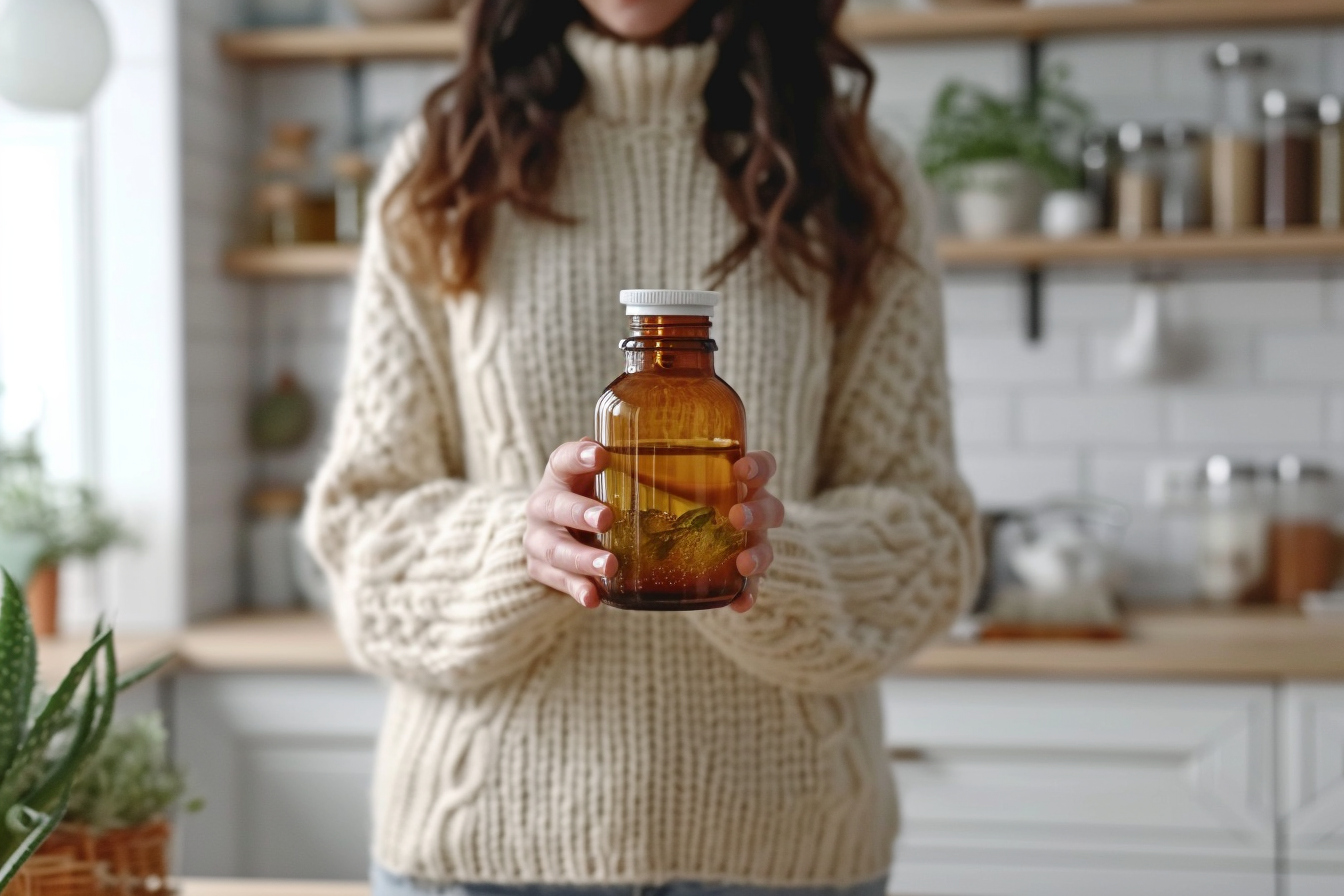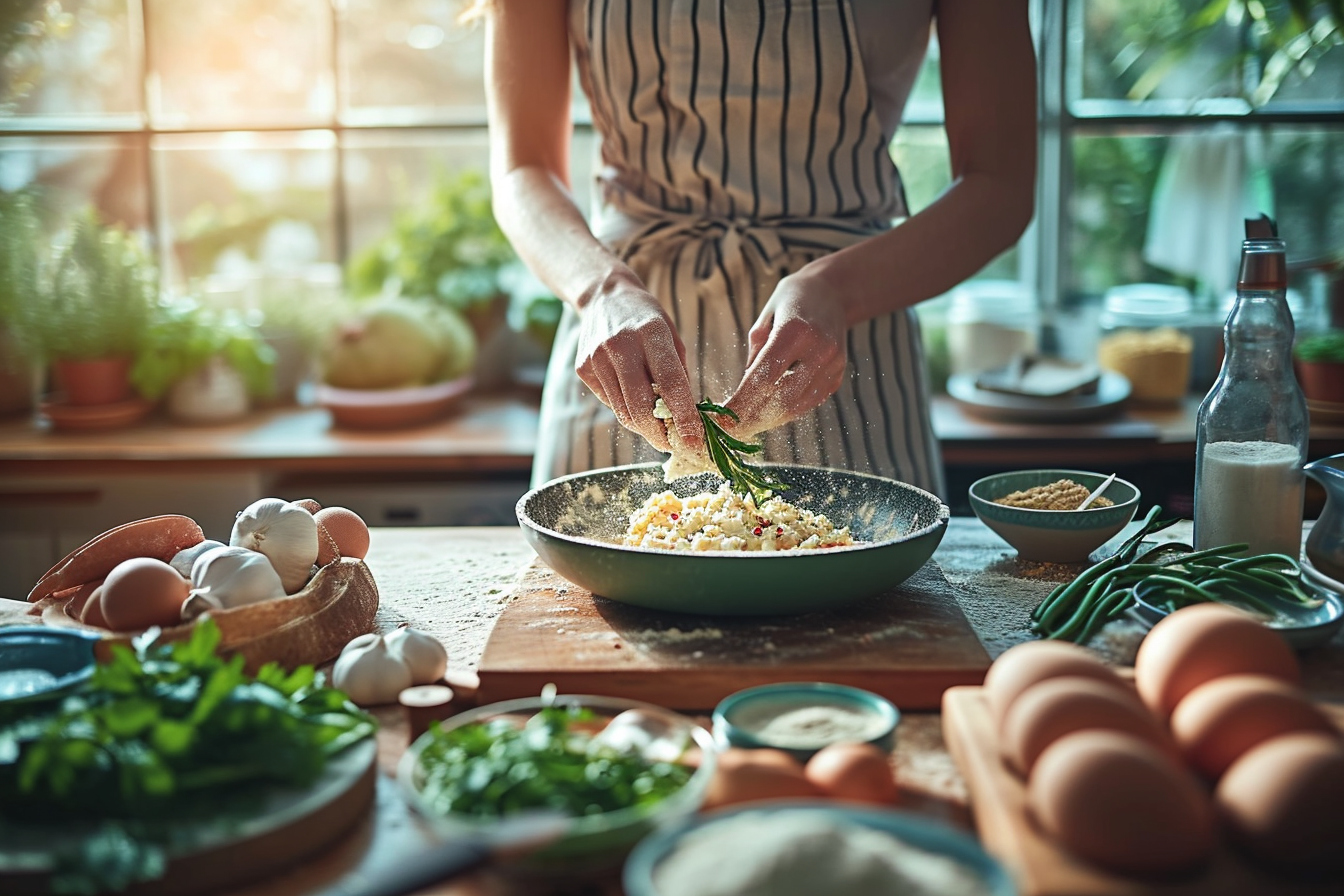In the realm of skincare, the quest for purity and natural solutions is unending. With the myriad of products lining the shelves, discerning users are turning to homemade concoctions as a way to control what touches their skin. Crafting your own natural facial cleanser allows for a personalized skincare routine that can cater to the specific needs of your skin type while ensuring that you’re using safe, non-toxic ingredients. This comprehensive approach to creating your own facial cleaner will cover the importance of choosing the right components, the benefits of natural ingredients, and step-by-step guidance on how to put it all together.
Understanding your skin type
Before delving into the creation of a facial cleanser, grasp the significance of recognizing and understanding your skin type. Whether you have oily, dry, combination, or sensitive skin, each type has unique demands that influence the choice of ingredients for optimal results.
Oily skin
For those with oily skin, the focus should be on ingredients that effectively cleanse without stripping away essential oils. Substances like clay or charcoal can be instrumental in managing excess sebum production.
Dry skin
Individuals with dry skin should aim for a cleanser that moisturizes while cleansing. Oils such as almond or jojoba can cleanse gently while providing necessary hydration.
Combination skin
Combination skin benefits from a balanced approach, utilizing ingredients that address both oil control and moisture. Aloe vera is an example of a versatile component that can serve combination skin well.
Sensitive skin
Sensitive skin requires the gentlest of ingredients, free from irritants and harsh chemicals. Ingredients such as oatmeal or honey can offer soothing and anti-inflammatory benefits.
Selecting natural ingredients
When it comes to preparing a natural facial cleanser, ingredient selection is paramount. Natural ingredients often carry fewer risks of skin irritation and allergic reactions compared to synthetic alternatives. Let’s explore some prime ingredients that are both effective and gentle on the skin.
Natural oils
Natural oils not only cleanse the skin but also provide it with essential nutrients. They have the unique ability to dissolve and remove oil-based impurities without disrupting the skin’s natural balance.
- Jojoba Oil: This oil is closest to the skin’s natural sebum, making it an excellent choice for nearly all skin types.
- Coconut Oil: Known for its antimicrobial properties, it’s a great way to tackle acne-causing bacteria.
- Olive Oil: Packed with antioxidants, olive oil is perfect to protect and nourish the skin.
Botanical extracts
Botanical extracts are concentrated sources of a plant’s beneficial properties and can significantly boost the effectiveness of your cleanser.
- Green Tea: Rich in antioxidants and anti-inflammatory properties, green tea can help reduce skin irritation and redness.
- Chamomile: With its calming effects, chamomile is ideal for sensitive skin.
Essential oils
Essential oils are not only revered for their aromatic properties but also their therapeutic benefits.
- Tea Tree Oil: This oil is well-regarded for its antibacterial and antifungal properties, particularly helpful for blemish-prone skin.
- Lavender Oil: Known for its calming properties, lavender oil can be beneficial for sensitive skin types.
Natural exfoliants
Natural exfoliants help remove dead skin cells without causing micro-tears in the skin, unlike some synthetic abrasives.
- Sugar: A gentle yet effective exfoliant, sugar melts away during the cleansing process, reducing the risk of over-exfoliation.
- Oatmeal: Oatmeal soothes as it exfoliates, making it suitable for sensitive skin.
The benefits of diy facial cleansers
Creating your own facial cleanser can have profound benefits that extend beyond the simplicity of using natural ingredients.
customization
One of the greatest advantages of a homemade facial cleanser is the ability to adapt the formulation to perfectly suit individual skin needs and preferences.
cost-effectiveness
While many natural skincare products can be expensive, gathering your own ingredients to make a homemade product can be a more affordable option.
Mindful consumption
As you take charge of what goes into your cleanser, you also gain control over what doesn’t, helping to reduce exposure to synthetic chemicals and unnecessary packaging.
Formulating your natural facial cleanser
With a clear understanding of the various natural ingredients and their benefits, formulating your cleanser involves a process of careful mixing and testing to achieve the desired balance.
Oil-Based cleansers
Oil cleansing is a method based on the principle that like dissolves like, making it especially appropriate for removing oil-based impurities.
steps:
- Choose a base oil, such as jojoba or almond oil.
- Optionally, you can add a few drops of an essential oil for added benefits and fragrance.
- Mix the oils in a sterile container.
- Apply to the face and massage gently to lift away impurities.
- Remove the oil with a warm, damp cloth.
Water-Based cleansers
These cleansers are typically lighter and might include ingredients such as herbal infusions or hydrosols.
steps:
- Start with a base of distilled water or a floral hydrosol such as rose or witch hazel.
- Add mild surfactants such as decyl glucoside to facilitate cleaning.
- Incorporate botanical extracts for their skin-benefiting properties.
- Blend the ingredients thoroughly and package in a sterile container.
- Apply with fingers or a cloth, massaging in circular motions before rinsing.
Clay cleansers
Clay has the ability to draw out impurities and is best suited for oily and combination skin types.
steps:
- Choose a clay that complements your skin type, such as bentonite for oily skin or kaolin for sensitive skin.
- Mix the clay with water to form a paste, adding any additional ingredients like aloe vera for moisture.
- Apply the mixture to the face, allow it to dry slightly but not completely, then rinse off thoroughly.
Safety and preservation
As you engage in creating natural skincare products, practicing safety and ensuring product longevity must be considered.
Patch testing
To avoid potential adverse reactions, conduct a patch test with each new ingredient or combination of ingredients on a small, discreet area of the skin.
preservation
Natural products are susceptible to contamination and spoilage. Using natural preservatives such as tocopherol (vitamin E) or grapefruit seed extract can extend the shelf life. Additionally, observing proper hygiene during the creation process and storing products in airtight containers away from direct light can help maintain their potency.
The ritual of use
The application of a facial cleanser is not merely a routine task but rather a ritual that contributes to the overall well-being of the skin.
Consistent use
Integrate your natural facial cleaner into your skincare regimen, using it once or twice daily depending on your skin type and the type of cleanser created.
Mindful application
The mode of application can impact your skin’s response to the cleanser. Gentle, circular motions facilitate better cleansing and increase circulation without stressing the skin.
Layering products
For holistic skincare, consider how your homemade cleanser will interact with other products in your routine. Ideal pairings can enhance overall effectiveness and skin health.
In summary

The art of creating your own natural facial cleanser is both a science and a form of self-care. By understanding the needs of your skin, selecting the appropriate natural ingredients, and practicing safe formulation methods, you can develop a cleanser that not only purifies your skin but also aligns with your personal ethos and lifestyle.
As you embark on this journey of natural skincare crafting, let your intuition and the response of your skin guide you. Fine-tuning your recipes and usage methods over time will sharpen your skills, ensuring that your homemade cleanser becomes not just a product but an integral part of your self-care ritual. Embrace the process, and watch your skin—and your connection with nature—flourish.







Leave a Reply